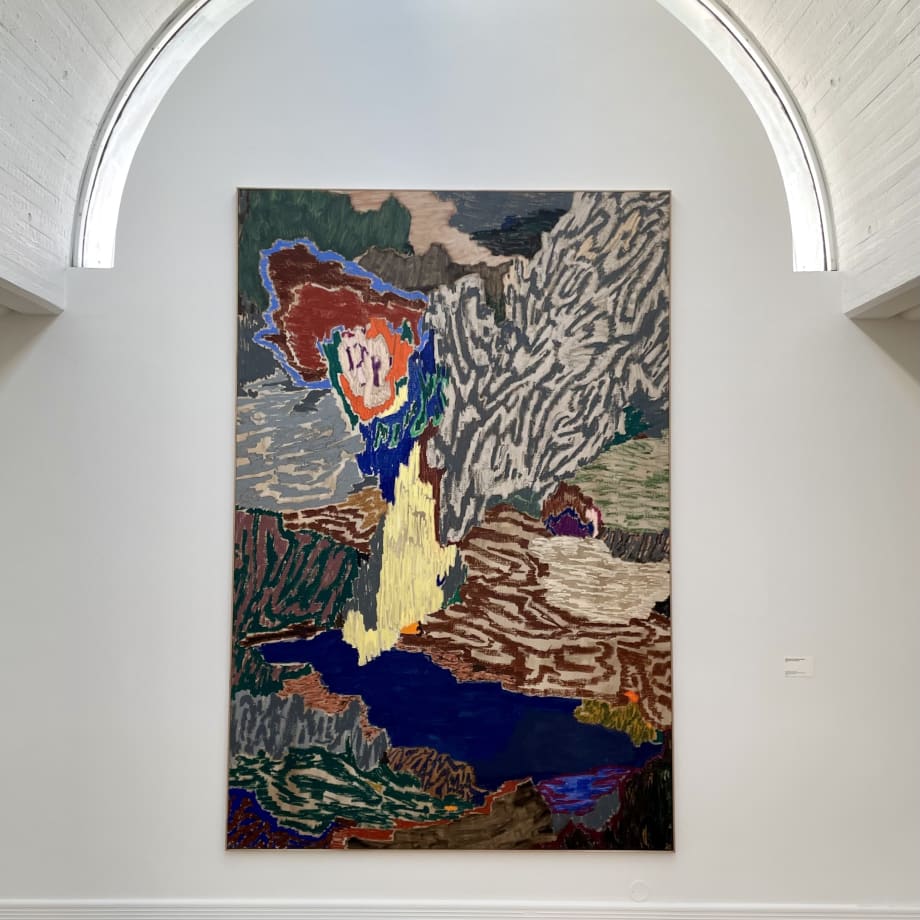This exhibition presents a selection of works that have been purchased by the National Gallery of Iceland in the past four years, on the recommendation of the gallery’s acquisitions board. By holding an exhibition of recent acquisitions, the intention is to provide insight into this important aspect of the gallery’s work and the priorities that guide acquisitions at any time.
Works by twelve artists have been selected for the exhibition; all of them address, in one way or another, the relationship between humans and nature, while also providing a good overview of diverse viewpoints, methods and approaches in contemporary art. The works on display present a perspective that is informed by human experience and attitudes, as Anna Guðjónsdóttir puts it in the context of the landscape tradition in painting: “As I see it, landscape is created by the individual; in other words, we have nature in the way we want it, to see it and use it.” Her work is grounded in her childhood memories from Þingvellir, the ancient parliamentary site which has a central place in Icelanders’ national consciousness. Places, and memories that relate to them, make up a leitmotiv in the exhibition, whether the connection is with Þingvellir, the Þjórsá river, the Dyrfjöll mountains, Mt. Hekla or Mosfellssveit, tiny natural worlds, public parks in other countries, or entire continents. The works of art can also present to the observer symbolic, imaginary or subjective places, not to be found on maps.
In their recreation of places, the artists have moulded their texture or shape in clay or other materials, captured their appearance in paint or textile, on film or digital media, or even shifted the site by taking and displaying samples from it. In every case, some kind of transformation has taken place that hints at the artist’s cultural perspective or demarcation. The works share the quality of raising our consciousness of the relationship between culture and nature, often with a critical undertone relating to nature conservation, and a re-evaluation of humanity’s place in these hazardous times arising from industrial development, overuse of resources and encroachment on the environment of the earth. Through their art, the artists pose fundamental questions: Where do we come from? Where are we going? What are our responsibilities for nature and our environment?



